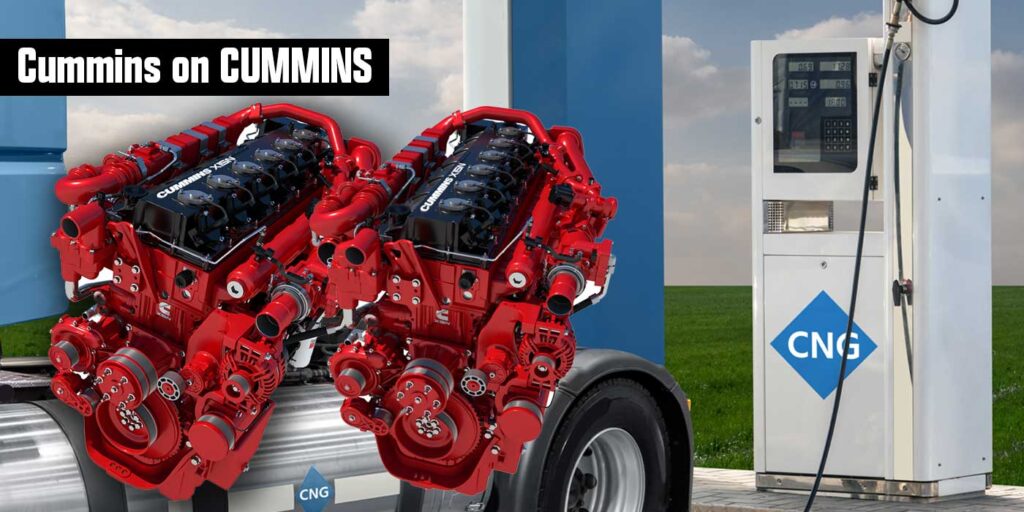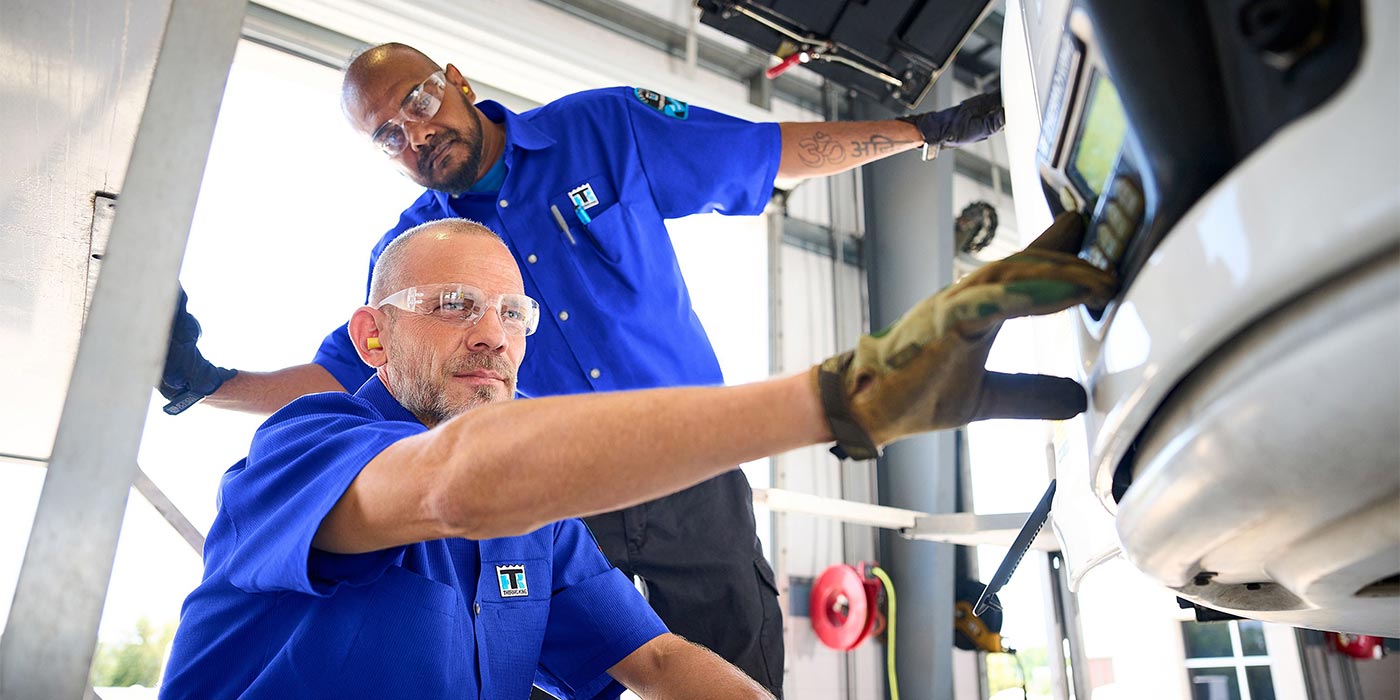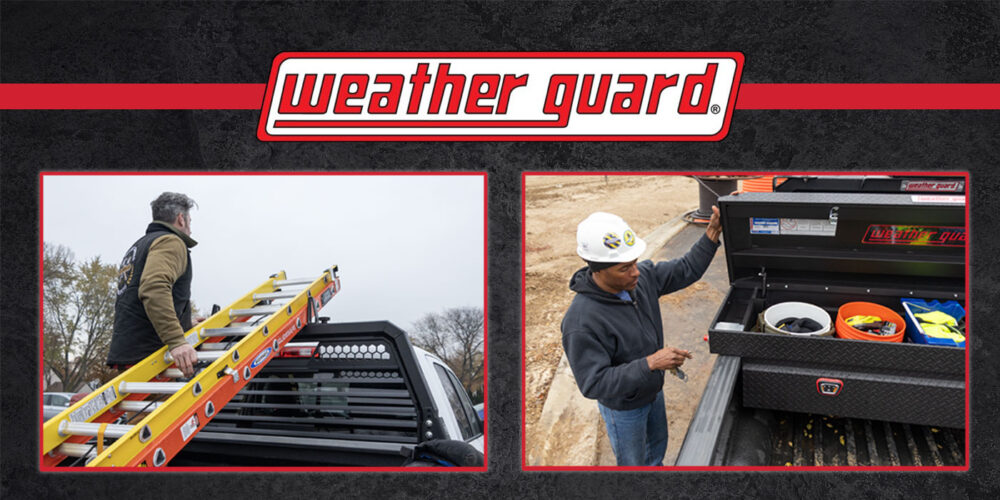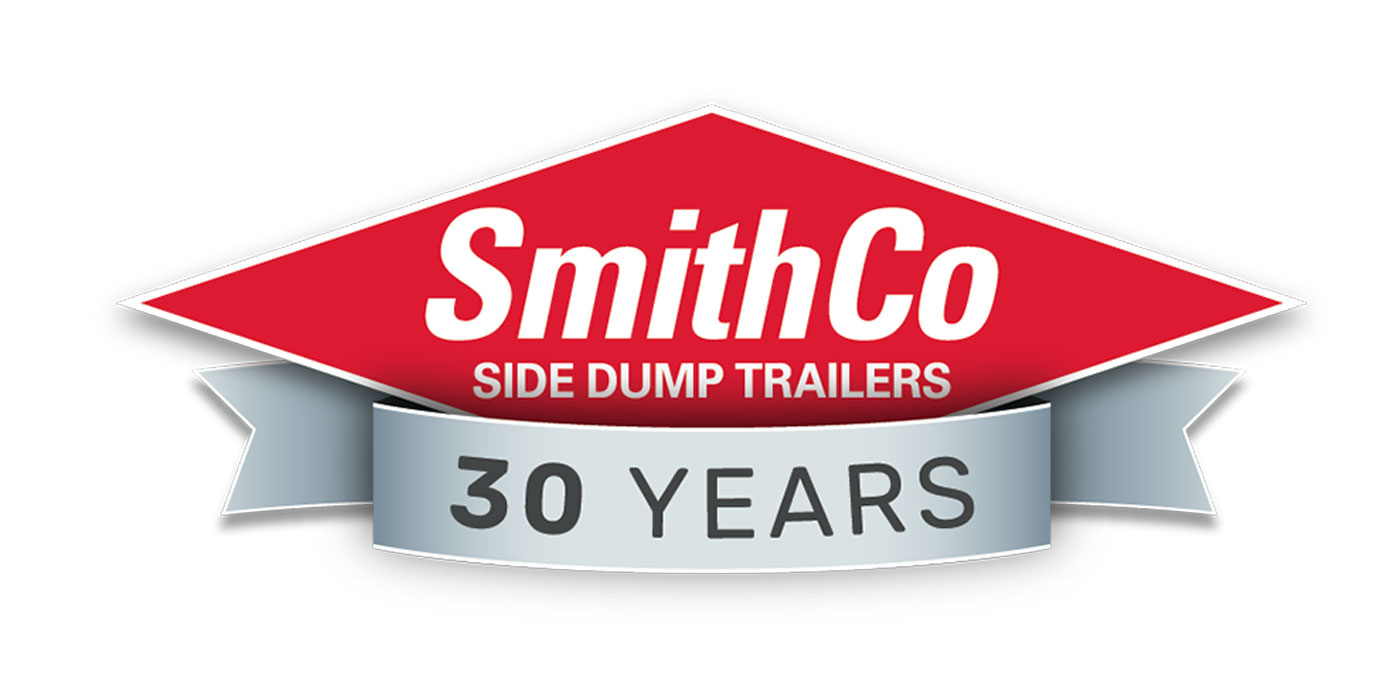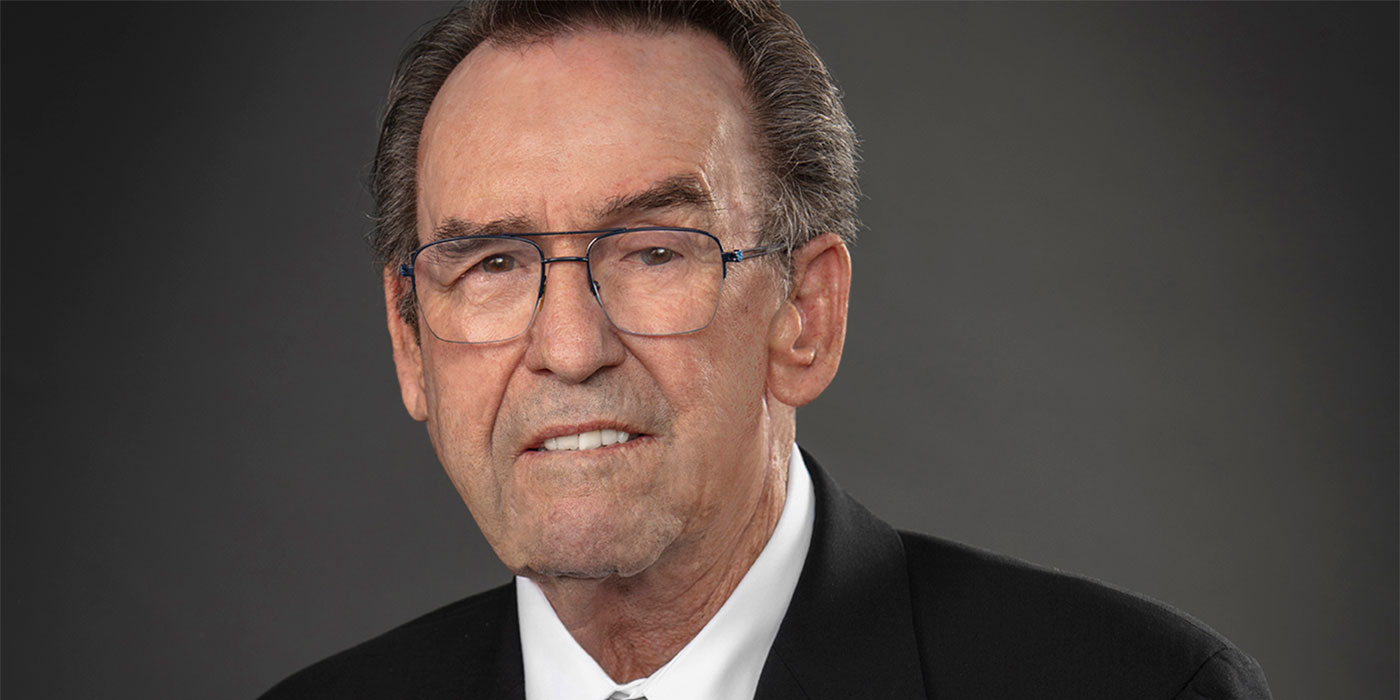Don’t roll your eyes. Don’t shake your head. Natural gas could be ready for a comeback. “But we’ve been down this road before,” you crow. True, but not with today’s engine technology. So let’s address the elephant in the natural gas engine room: performance and reliability. A common refrain from natural gas engine operations of yesteryear was that natural gas engines didn’t stack up to diesel engines in the 9- and 12-liter applications. Puneet Jhawar, general manager, global natural gas, Cummins, said that those days of natural gas engine experiences are over. It’s time for the 15-liter Cummins X15N era.
“We’ve done a lot of reliability improvements based on what we’ve learned on the previous 9-liter engine and on the 12-liter natural gas engines,” Jhawar said. “We are pushing the engine to a point where, from a drivability standpoint, it’s as close as possible to a diesel engine. We are carrying over what we’ve learned from the diesel side of the business and making sure that features are brought to the forefront for the natural gas engine. It will be integrated with our transmission and compatible with our clean fuel system technology.”
How is Cummins doing this? Jhawar dove into the technical details:
“It’s a combination of understanding the piston geometry and how natural gas combustion happens. We better understand the heat signature of the natural gas engine–it’s remarkably different from a diesel engine. We’re making sure that we can push these cylinder pressures and peak the pressures to the limit without breaking it down; we make sure there are enough cooling passages around it.
“The head on the X15N engine has been specifically designed for natural gas,” he continued. “It’s not a head that we’ve picked up from a diesel engine head and modified for natural gas. We’ve kind of tailor-made this head for a natural gas engine.”
The Cummins X15N will be the first Cummins-built natural gas engine after the dissolution of the company’s joint venture with Westport on the ISX engine lineup, which the new X-Series will replace. Jhawar was positive that natural gas is ready to eat up a larger engine market share.
“We wanted to bring global natural gas synergies together, and we were confident that we needed to double down on natural gas ourselves. We needed to make the investment. We need to make sure that the product is reliable,” he said. “We think that now is the right time to get a 15-liter natural gas engine into the market. It’s critical for us that our natural gas engine delivers reliability and uptime that customers expect out of a Cummins engine. We are investing heavily to make sure that the service and the support capability in our channels and extended partner channels are going to get beefed up to service natural gas.”
Currently, the Cummins X15N availability has been announced for Peterbilt and Kenworth trucks. Here are the engine product bullet points:
• Powering applications up to 500 HP;
• 1,850 ft-lbs. of peak torque;
• Paired with the Eaton Cummins Automated Transmission Technologies HD or XD Transmission;
• 500 lbs. lighter than the X15 diesel engine; and
• 200 lbs. lighter than the ISX 12-liter engine.
In terms of efficiency, Jhawar noted that the engines are currently undergoing tests, but that he expects that it’ll achieve a 10% fuel economy benefit.
“With an improved reliability of the product, a better fuel economy, a better growth cost of operation, including how you look at the greenhouse gas impact of it, it should get into a better resale value of the vehicle,” he added.
Long haul fleets are the primary target for the X15N, but Jhawar noted that the appeal can be even broader.
“Anybody looking for a lower emissions engine to meet sustainability goals fits right in without impacting their operational cost and operation efficiencies today,” he said. “The other applications that we look at are cement mixers and refuse that can transition to the 15-liter natural gas engine.”
Natural gas emissions reduction opportunities
With Cummins confident that the new X15N 15-liter natural gas engine is ready for tough trucking tasks, the conversation turns to the emissions reduction capabilities of natural gas. Namely, the quality of your natural gas fuel source. Obviously, renewable natural gas (RNG) presents the biggest opportunity with potential for net-negative emissions.
“It has a potential for being a carbon negative solution if it’s used with renewable natural gas,” Jhawar confirmed. “But I think there’s a bit of education as well to say that I don’t think every fleet needs RNG. I think it’s a combination of fleets that run on RNG and on CNG that helps reduce the overall carbon footprint and reach the goals.”
Uma Vajapeyazula, product strategy, Cummins, noted that natural gas is a growing prong in fleet sustainability strategies and highlighted the partnership between Chevron, Walmart and Cummins when she spoke about the overall Cummins product strategy. As part of the agreements, Walmart will provide heavy-duty trucks for Cummins to integrate with the 15-liter natural gas engine, the X15N, and Chevron will supply fuel linked to renewable natural gas.
“It’s customers that realize the infrastructure challenges and other issues with battery electric forlong-haul that turn to natural gas.’ They’re making a statement about decarbonization, and they’re working with us to integrate natural gas into their business models,” she said.
And there’s even more change on the horizon for Cummins and the trucking industry. Read on for Cummins’s overall product strategy going forward, the development of hydrogen internal combustion engines, and the role diesel will continue to play:
How Cummins envisions the future of power (and what that means for its engine business)
Hydrogen ICE: Fueling more than just fuel cells
The power density of diesel (and its decarbonization impact)

